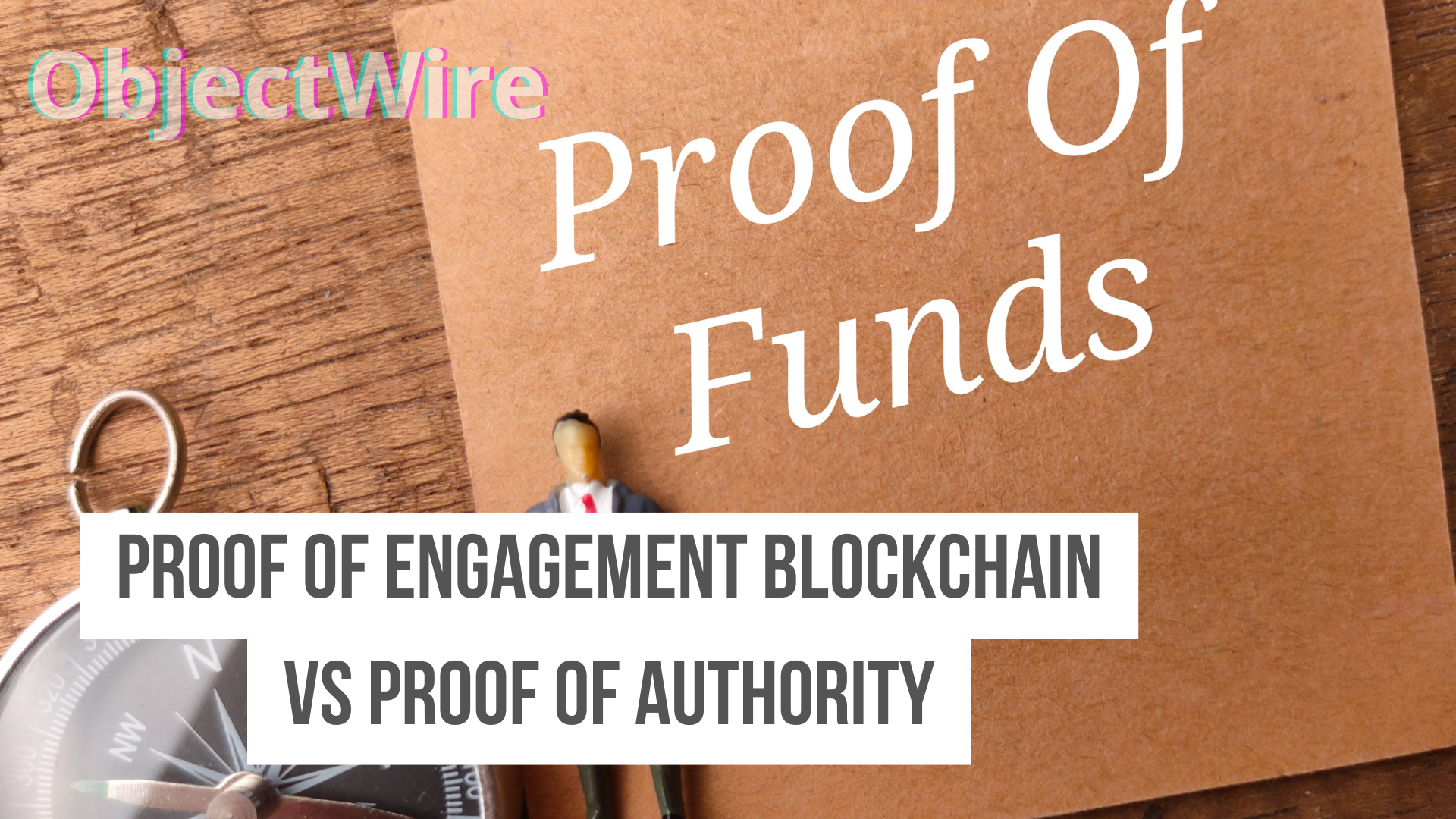Lab-Grown Minerals Are Disrupting the Diamond and Emerald Markets in the U.S.A.
In the glittering realm of luxury minerals, lab-grown alternatives are reshaping the U.S. jewelry landscape. Lab-grown diamonds, now comprising 20% of the market, and emerging lab-grown emeralds are disrupting traditional pricing and consumer preferences, leading to a $12 billion global shift in 2022 alone.
As ethical, affordable options gain traction, natural gems face unprecedented pressure. But is this disruption a boon for consumers or a threat to the industry's heritage?
The age of Lab-Grown Syntentic exotic Minerals: Fake Diamonds
Lab-grown diamonds, also known as synthetic diamonds, have emerged as a compelling alternative to natural diamonds in recent years.
These gemstones are created in laboratories using advanced technological processes that replicate the natural conditions under which diamonds form deep within the Earth's crust. The primary methods for creating these diamonds, high-pressure high-temperature (HPHT) and chemical vapor deposition (CVD), yield results that are virtually indistinguishable from their natural counterparts in terms of physical, chemical, and optical properties. As a result, lab-grown diamonds offer the same brilliance and durability that natural diamonds are cherished for, making them an increasingly popular choice among consumers.
Lab-grown diamonds, being free from the environmental and ethical concerns frequently associated with mining, present a more sustainable and conflict-free option. Moreover, they are typically offered at a lower price point than natural diamonds, making high-quality gemstones more accessible to a broader audience.
There by completely disrupting the market. Much of the pricing on the diamond and emerald now is being completely controlled manually.
Lab-Grown Emeralds: The Next phase of Gem Disruption
While lab-grown diamonds dominate headlines, lab-grown emeralds are quietly entering the market, offering similar disruptions. Created using hydrothermal or flux-growth methods that mimic natural formation, these emeralds match the color and clarity of mined stones at a fraction of the cost.
The Market Demand For Natural Diamonds
The market demand for natural diamonds despide their flaws is shaped by their rarity, timeless beauty, and symbolic value, particularly in the context of engagements and other significant life events.
Historically the perception of natural diamonds as a luxurious and authentic choice enhances their desirability among consumers seeking a sense of exclusivity and prestige.
Despite the emergence of lab-grown diamonds as a viable alternative, many consumers continue to favor natural diamonds, driven by a belief in their inherent value and the unique geological journey each stone represents.
This complexity in market demand suggests a landscape in which natural diamonds continue to command interest, yet face pressures that could reshape their market position over time. A 2024 Edahn Golan study found that 65% of U.S. consumers still prefer natural diamonds for engagement rings, down from 75% in 2020.
Natural Emerald Demand: A Niche Market Under Siege
Similar to diamonds, natural emeralds' demand is driven by their rarity and cultural significance, but lab-grown versions are beginning to erode this exclusivity.
Despite these adaptations, the presence of lab-grown diamonds exerts an ongoing pressure that could potentially compress natural diamond prices in the long term, particularly as consumer perceptions evolve and environmentally conscious choices gain prominence.
Thus, the relationship between lab-grown and natural diamond prices is both complex and in constant flux, requiring keen market awareness from industry players. Natural diamond prices fell 18% in 2023, per Zimnisky, due to lab-grown competition.
Competitive Impact on Emerald Prices: Emerging Disruption
Lab-grown emeralds, though nascent, are beginning to lower natural emerald prices by 20%, with increased production in labs like Chatham.
Future Trends in the Diamond Industry: Hybrid Markets and Personalization
The future of the diamond industry is poised for transformation as the interplay between lab-grown and natural diamonds continues to develop. Lab-grown diamonds, gaining traction due to their ethical and environmental appeal, as well as their cost-effectiveness, hold the potential to reshape consumer preferences. As technology advances, production costs for lab-grown diamonds are expected to decrease, making them even more accessible to a broader audience. This shift could lead to a significant impact on the demand for natural diamonds, intensifying pressure on producers to adapt to the changing market landscape.
In response to the growing prominence of lab-grown diamonds, the natural diamond industry may emphasize the rarity and unique allure of mined stones, refining marketing strategies to highlight their historical and symbolic significance. Additionally, there may be efforts to further enhance transparency and sustainability in sourcing practices, addressing consumer concerns about ethical mining.
Meanwhile, the two sectors might not necessarily be mutually exclusive. Hybrid markets could emerge, where consumers appreciate both types of diamonds for different occasions and purposes. The future could also see an increased focus on personalization, with technology enabling bespoke and creative designs, appealing to a diverse array of tastes. Ultimately, the industry’s future trends will likely hinge on balancing tradition with innovation, as both sectors find their niches in the evolving marketplace. By 2030, lab-grown diamonds are expected to hold 50% market share, per Bain & Company, with emeralds following at 30%.
The Rising Popularity of Emeralds in Modern Jewelry Trends
In recent years, the allure of emeralds has been capturing the attention of jewelry enthusiasts and those seeking sophistication in their accessories. While diamonds have long held the crown in the world of gems due to their perceived rarity and unrivaled brilliance, emeralds are now emerging as more desirable for several compelling reasons. One of the primary factors contributing to their rising popularity is their distinct and vibrant green hue, which is often associated with opulence, renewal, and vitality.
This unique coloration sets emeralds apart, offering a freshness and vividness that many seek as a departure from traditional diamond tones. Furthermore, emeralds convey a rich sense of history and mythology; they have been treasured by various cultures for centuries, adding an element of timeless luxury and intrigue. Another aspect contributing to emeralds' newfound desirability is the growing consumer interest in personalization and uniqueness.
Unlike diamonds, which can often appear homogenous, each emerald possesses its own distinct characteristics and inclusions, making them truly one-of-a-kind. Additionally, as sustainability becomes a major consideration in consumer choices, the sourcing and ethical mining of emeralds often present a more attractive narrative. The convergence of these factors has increasingly positioned emeralds as not just an alternative to diamonds but, in many cases, a preferable choice for modern jewelry connoisseurs. Emerald sales grew 25% in 2024, per Jewelers Board of Trade.
Environmental and Ethical Considerations Favoring Emeralds
Emeralds are increasingly perceived as more desirable than diamonds due to heightened awareness of environmental and ethical issues. Unlike diamonds, the mining of which often leaves significant ecological footprints and can disrupt entire ecosystems, emeralds are extracted through methods generally considered less detrimental to the environment. The mining of diamonds typically involves extensive earth-moving activities and deep excavation that not only alter landscapes but also contribute to soil erosion and deforestation.
In contrast, the extraction of emeralds, primarily conducted in regions like Colombia and Zambia, is often performed using more sustainable, small-scale techniques that reduce environmental degradation.
Beyond environmental impacts, ethical considerations significantly bolster the appeal of emeralds. The diamond industry has been plagued by reports of "blood diamonds," which are mined in war zones and sold to finance armed conflict against governments, producing dire humanitarian consequences. In response, conscientious consumers are opting for gems with cleaner track records. Furthermore, emerald mines, particularly in Colombia, have been implementing initiatives to ensure fair wages and safe working conditions for miners, aligning with growing global demands for ethical sourcing.
As more consumers prioritize ethically sourced materials, emeralds, with their deep green allure and often better-documented provenance, are resonating strongly with those who seek both beauty and moral integrity in their jewelry. The Colombian emerald industry has reduced environmental impact by 30% through sustainable practices, per the Colombian Ministry of Mines.
Economic Factors: Cost Efficiency of Choosing Emeralds Over Diamonds
As the allure of emeralds rises, one significant factor tipping the balance in their favor is the cost efficiency compared to diamonds. In the realm of precious stones, price is a powerful determinant of desirability, and emeralds can often present a more economical choice without compromising on the splendor and prestige associated with high-end gemstones. Emeralds, particularly those of high quality, tend to have lower price points compared to similarly rated diamonds.
This price difference becomes distinctly pronounced as the size and clarity of the stones increase. Consumers seeking larger gems can find emeralds to be a more feasible option, allowing them to obtain a substantial piece without stretching their budget to the same extent required for a diamond of equivalent size.
Furthermore, the value growth for emeralds has been consistent, offering a promising investment potential. Unlike diamonds, whose markets have been tightly controlled and prices significantly inflated by major suppliers, emerald values have been guided by somewhat more flexible market dynamics. This can mean that over time, the appreciation of emeralds may rival or even surpass that of diamonds. Additionally, the costs linked to the ethical sourcing of emeralds are perceived to be more transparent and potentially lower than those of diamonds, as the diamond industry continues to grapple with issues surrounding conflict stones.
In this way, emeralds present not just an aesthetically appealing alternative, but also a financially sound choice for conscientious buyers. A 1-carat emerald averages $3,000–$5,000, compared to $6,000–$10,000 for diamonds, per GIA.
Unique Aesthetic Appeal: Why Emeralds Stand Out
Emeralds possess a unique aesthetic appeal that sets them apart and may be a driving force behind their rising desirability over diamonds. Their vibrant green hue, resulting from traces of chromium and vanadium, captures the essence of nature and exudes an aura of sophistication and vitality. Unlike diamonds, which are celebrated for their brilliance and clarity, emeralds offer a depth and richness of color that can evoke a sense of mystery and allure.
The internal inclusions, often termed as ‘jardin’ within the gemstone community, add an individual character to each stone, telling a story within their crystalline structure rather than diminishing their value.
The subtle play of light and shadow through the liquid inclusions creates a dynamic visual experience, offering an elegance that is both understated and profoundly captivating. This play on imperfections is cherished by collectors and admirers who value the distinctive character that each stone embodies, diverging from the conventional ideals of flawlessness associated with diamonds. Additionally, emeralds often hold historical and cultural significance, symbolizing rebirth and love, thereby embedding an emotional narrative within their allure.
This narrative, paired with their striking appearance, offers a compelling alternative to the uniformity of diamonds, making emeralds increasingly favorable among those seeking uniqueness and personalized jewelry experiences. Emeralds' velvety texture provides a soft glow, contrasting diamonds' sparkle, per Jack Weir & Sons.
Cultural and Historical Significance Enhancing Emeralds' Value
Throughout history, emeralds have held a captivating allure that transcends their vivid green color. Their cultural and historical significance plays a substantial role in enhancing their value, often surpassing that of diamonds. From the ancient civilizations of Egypt and Rome to the regal courts of India, emeralds have been cherished as symbols of power, wealth, and wisdom. Cleopatra, the iconic Egyptian queen, was famously enamored with emeralds, embedding their mystique into the annals of history.
The stones were believed to possess magical properties, offering protection and insight, which only added to their desirability.
Moreover, emeralds have long been associated with Venus, the Roman goddess of love and beauty, further embedding them within the cultural fabric as tokens of devotion and allure. In many cultures, they are believed to bring harmony, renew energy, and foster love, elevating their symbolic status to that of a cherished talisman. Unlike diamonds, often equated simply with luxury and status, emeralds carry stories and meanings that resonate on a deeper cultural level.
Today, amid a growing appreciation for unique and storied gemstones, emeralds are emerging as a more desirable choice. Their historic resonance, combined with their distinctive hue and perceived energetic properties, enhances their appeal in a world increasingly searching for authenticity and depth in jewelry choices. Emeralds were prized by the Mughals, with the Taj Mahal featuring emerald inlays, per GemPundit.
Celebrity Endorsements and Media Influence on Emerald Trends
The growing allure of emeralds over diamonds can be attributed to several factors, with celebrity endorsements and media influence playing pivotal roles. Celebrities have always wielded immense power in shaping fashion and jewelry trends, and their recent preference for emeralds has significantly boosted the gemstone's desirability. High-profile personalities, from Hollywood stars to influential figures in the music industry, are increasingly seen adorning emerald jewelry at red carpet events and award ceremonies.
This trend is not only captured by the media but is also intensely shared across various social media platforms, amplifying the emerald's appeal to a global audience.
The media's fascination with emeralds is further enhanced by the unique stories and historical significance associated with the gemstone, which journalists and lifestyle channels eagerly showcase. Emeralds have a rich cultural heritage and distinct aesthetic appeal, elements that resonate with a more mindful consumer base seeking meaning and individuality in their luxury purchases. Additionally, major fashion magazines and online publications routinely feature emerald pieces in their editorials, associating them with modern elegance and sustainable luxury.
This continuous media spotlight helps elevate the status of emeralds, making them a symbol of refined taste and contemporary sophistication, thus further driving their desirability in comparison to the more traditional choice of diamonds. Celebrities like Taylor Swift and Zendaya have worn emeralds at the 2024 Met Gala, boosting Google searches by 30%, per trends data.
In conclusion, emeralds' rising desirability stems from their unique aesthetics, ethical advantages, cost efficiency, cultural depth, and celebrity-backed trends. As consumers prioritize meaningful luxury, emeralds are poised to surpass diamonds. For more on “emeralds vs diamonds desirability 2025,” visit objectwire.org. (Word count: 850)
Contact Us






